This classic text is much beloved by medical students and physicians-in-training throughout the English-speaking world, as its many editions indicate. It is chock full of the pearls of clinical wisdom that students and practitioners treasure, and many of these lessons apply to medicine in general. The book was well characterized by a reviewer of an earlier edition for The New England Journal of Medicine: ‘If only one book about surgery could be made available to physicians from all specialties, it should probably be Silen’s recent revision of Cope’s Early Diagnosis of the Acute Abdomen. Since the book first appeared, it has remained the classic treatise on the initial approach to abdominal pain.’ Because acute, severe abdominal pain is still a common problem whose misdiagnosis can result in quick death, each generation of beginning physicians is faced with the urgency of learning to make a diagnosis in this high-anxiety situation, and they appreciate the wise, humane, precisely detailed guidance offered by Cope and Silen. For the 22nd Edition, Dr. Silen has again updated the text in a respectful but significant way. He has added a chapter on the increasing disorder of diverticulitis, reexamines the use of analgesics, emphasizes the costs of over-testing, and updates all recommendations regarding trauma, radiologic studies, and therapeutic recommendations.
| Categories: | All, distributed, Gastroenterology & Hepatology |
|---|
| Weight | 386 kg |
|---|---|
| Dimensions | 20.57 × 13.72 × 2.03 cm |
Related products
-
HANDBOOK OF DERMATOLOGIC DRUG THERAPY 2/Ed. Revised & Updated
₹1,495.00Dermatology is a branch of medicine which relies heavily on outpatient treatment and also managing several incapacitating diseases as inpatients. The load of patients in any dermatology OPD is ever increasing, thanks to the recent awareness about the dermatological diseases. The role of a Dermatologist is complicated and quite demanding with reference to innumerable diseases that he has to deal with. Added to this, he is also expected to be well versed with all the drugs that he prescribes, what with constant addition of newer drugs. It is humanly impossible to remember and recollect the various indications, dosages, formulations, side effects and mechanism of actions of all the drugs that he is suppose to use. Another perennial threat is that posed by drug interactions. Books available on this subject are either very exhaustive or less informative. Handbook of Dermatologic Drug Therapy is published is an attempt to bridge this gap. In this second edition, newer therapies like biologics has been added. Each chapter has been updated to add the recent advances. The book is designed and written in a simple language and is not pocket heavy. The target readers are undergraduate, postgraduate and the practicing dermatologists alike. The contents of the book follow a standard format like chemical structure, mechanism of action, pharmacokinetics, indications, contraindications, side effects. Two other highlights of this book are prescription pearls and important drug interactions.
-
Current Progress In Nephrology Volume 1
₹1,500.00The aim of the book is to address the basic concepts and newer developments in selected areas of clinical nephrology, dialysis and renal transplantation. Selected topics on interest with reference to recent developments, updated classifications or advances in pathogenesis and treatment. Nephrologists from around the world have contributed to this one of its kind book.
-
-
Puzzling Cases in Electrocardiography
₹775.0012 Lead Electrocardiography remains as clinically relevant now as when first introduced to clinical medicine decades ago. The value of 12 Lead ECG is mattering the ability to integrate the ECG findings into information provided by the history and Physical Examination. The book authored by Prof Rimmerman, one of the foremost Cardiologists in the world follows 50 ECG Case Studies purposefully chosen where the ECG made a clinical impact on the management of the patient
-
Puzzling Cases in Pancreatic Diseases
₹675.00Pancreatology, as a discipline, has not been in focus for long has become a vanishing specialty for a variety of reasons. As a consequence, pancreatologists face several issues despite the ongoing their e orts in managing their practice and maintaining their identity in the fraternity. e changes in medical practice in many parts of the world have led to a shift of responsibilities, away from the surgeon and towards the gastroenterologist. e latter may not be equipped with su cient resources to acquire the knowledge. While the mainstream issues in pancreatology are taught at various levels and conferences, as well as guidelines, the remaining is mostly left to the experts, not to say connoisseurs. A selection of such experts from around the globe have contributed to this book with very special cases and exemplifying problems in the form of case reports for better application and understanding of the same in clinical practice. Medical journals in the hunt for their respective impact factors have stopped publishing case reports as these cannot be cited, therefore other channels become imperative to impart this knowledge to the medical community. Puzzling Cases in Pancreatic Diseases is a logical initiative in this direction. A good deal can be learned from these case reports that are professionally presented and discussed.
-
Manual of Clinical Endocrinology 2/Ed.
₹995.00Algorithms provide a logical, concise and cost-effective approach to medical reasoning: utilizing a concise, step-by-step approach based upon clues from the history, physical examination and laboratory studies, algorithms help avoid excessive unnecessary procedures and testing. The 2nd edition of Manual of Clinical Endocrinology deals with practical issues ranging from simple thyroid function testing and thyrotoxicosis to approaching a patient with suspected thyrotoxicosis. Algorithms are simple and effective tools for the practitioner in a hurry and since the majority of the intended audience, physicians, general practitioners and postgraduates have very little time amidst their busy clinical routine, this manual uses algorithms. Twenty-two clinical issues are covered by an algorithmic approach, breaking down long lists and tables of differential diagnosis into smaller, more manageable ones. Common clinical symptoms, signs and laboratory abnormalities are classified as they present themselves at the patient’s bedside. This manual is an attempt to provide the busy practitioner with a desktop reckoner which will be useful while approaching a patient with a suspected endocrine problem. The authors have strived to be practical not pedantic – at the same time have made great effort to ensure that the recommendations are evidence based.
-
Current Progress in Obstetrics and Gynecology – Volume 5
₹1,225.00In its 5th Volume the now CLASSIC comes with a value addition in the form of Multiple Choice Questions, which would highly beneficial to one and all. The Editors have gathered an ensemble of acclaimed clinicians giving an insight to various key aspect in Obstetrics and Gynaecology.
-
Current Progress In Nephrology Volume 3
₹1,995.00In the third volume of Current Progress in Nephrology, recent advances in different areas of kidney disease have been authored by eminent clinicians. The first few chapters discuss the genetics of renal development, regenerative medicine in relation to kidney, molecular diagnostics. Newer diagnostic modalities like functional magnetic resonance imaging, point of care ultrasonography and electron microscopy of organised deposits in kidney diseases are discussed in the subsequent 3 chapters. Diagnosing and managing difficult conditions of chronic kidney disease like, hepatorenal syndrome, pregnancy related renal problems, and scleroderma crisis are discussed in appropriate chapters. Anaemia, usually associated with CKD, is a significant cause of left ventricular hypertrophy and cardiovascular disease. The guidelines for correcting anaemia with iron supplementation and erythropoietin stimulating agents are provided in an appropriate chapter. Autosomal dominant rubulointerstitial kidney disease, a frequent cause of progressive CKD often remains an underdiagnosed condition and has been highlighted in one nice review. Understanding another a rare condition, thrombotic miocroangiopathy is important since it may lead to endstage renal disease or death, if not identified and appropriately treated in time.

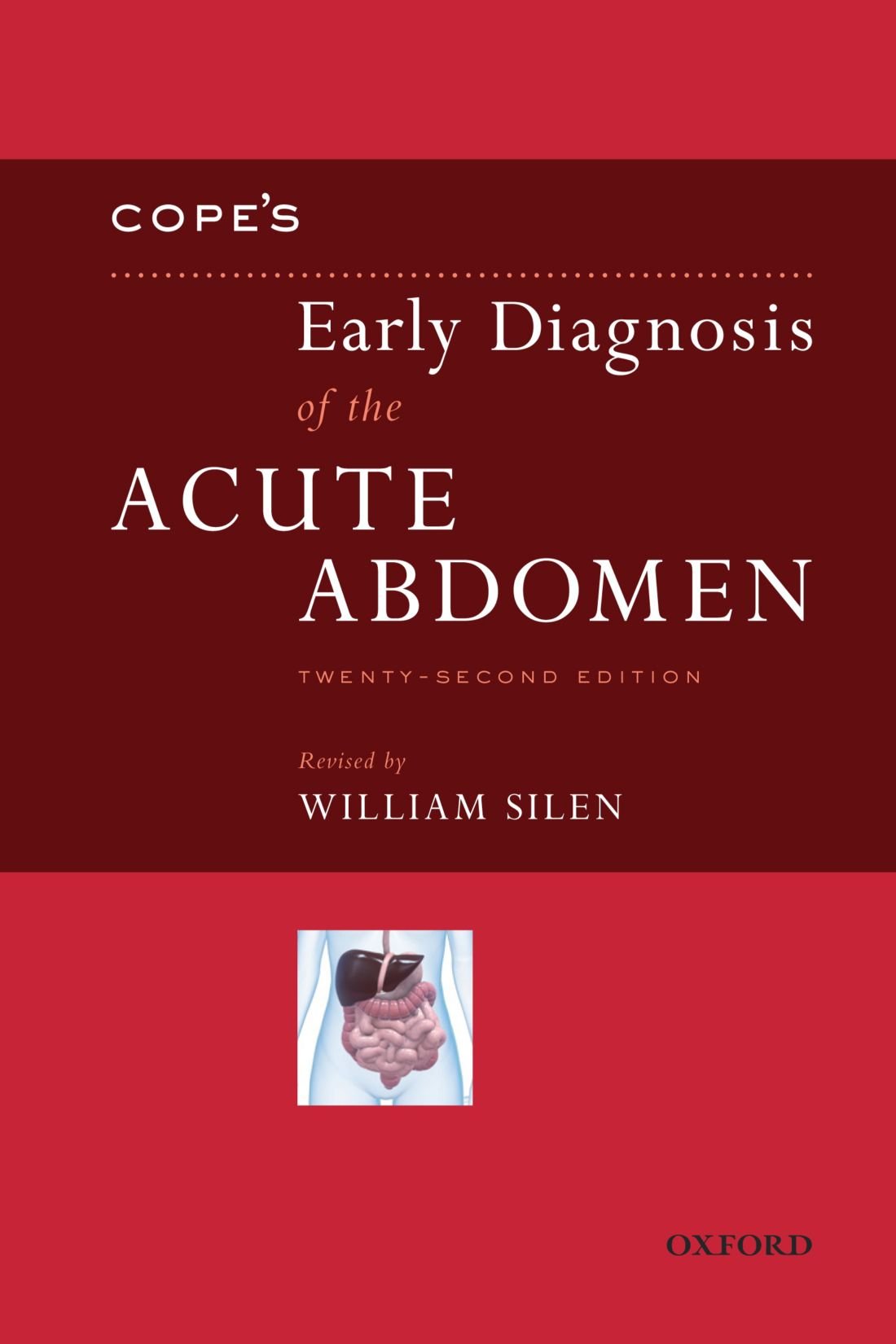

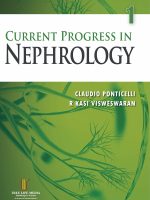

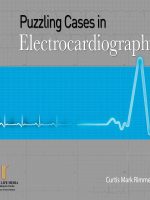
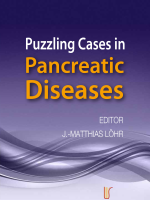
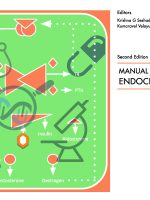

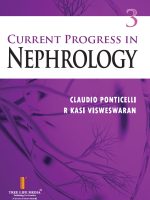
Be the first to review “Cope’s Early Diagnosis of the Acute Abdomen”